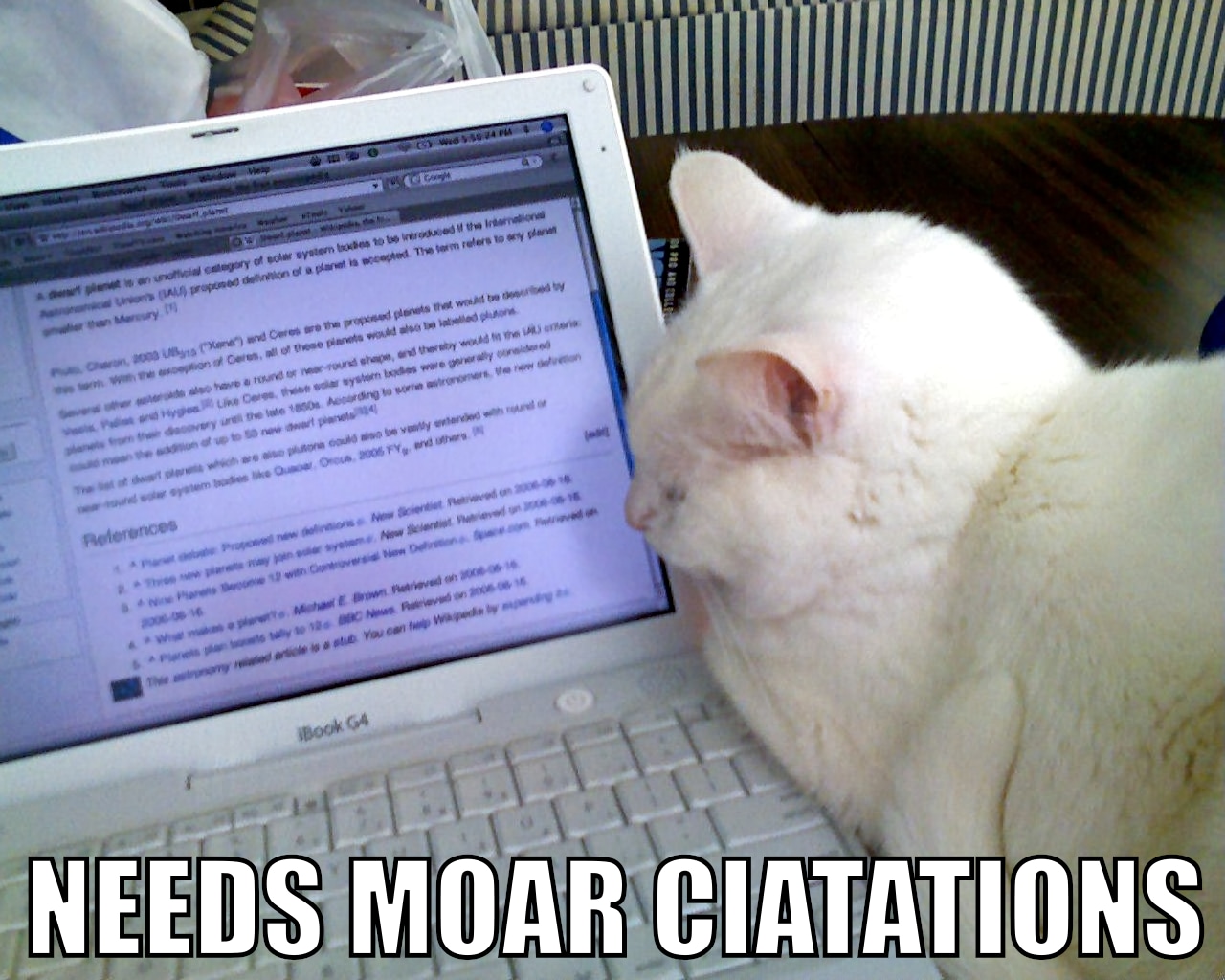What is a literature review?
 A literature review is:
A literature review is:
- Either a complete piece of writing unto itself or a section of a larger piece of writing like a book or article
- A thorough and critical look at the information and perspectives that other experts and scholars have written about a specific topic
- A way to give historical perspective on an issue and show how other researchers have addressed a problem
- An analysis of sources based on your own perspective on the topic
- Based on the most pertinent and significant research conducted in the field, both new and old
 A literature review is NOT:
A literature review is NOT:
- A descriptive list or collection of summaries of other research without synthesis or analysis
- An annotated bibliography
- A literary review (a brief, critical discussion about the merits and weaknesses of a literary work such as a play, novel or a book of poems)
- Exhaustive; the objective is not to list as many relevant books, articles, reports as possible
 What's the point?
What's the point?
Literature reviews can serve many purposes, some of which might be:
-
To convey to your reader what knowledge and ideas have been established on a topic
-
To explain what the strengths and weaknesses of that knowledge and those ideas might be
-
To learn how others have defined and measured key concepts
-
To keep the writer/reader up to date with current developments and historical trends in a particular field or discipline
-
To establish context for the argument explored in the rest of a paper
-
To provide evidence that may be used to support your own findings
-
To demonstrate your understanding and your ability to critically evaluate research in the field
- To suggest previously unused or underused methodologies, designs, and quantitative and qualitative strategies
- To identify gaps in previous studies and flawed methodologies and/or theoretical approaches in order to avoid replication of mistakes
- To help the researcher avoid repetition of earlier research
- To suggest unexplored populations
- To determine whether past studies agree or disagree and identify strengths and weaknesses on both sides of a controversy in the literature
A literature review is:
 A literature review is NOT:
A literature review is NOT: What's the point?



